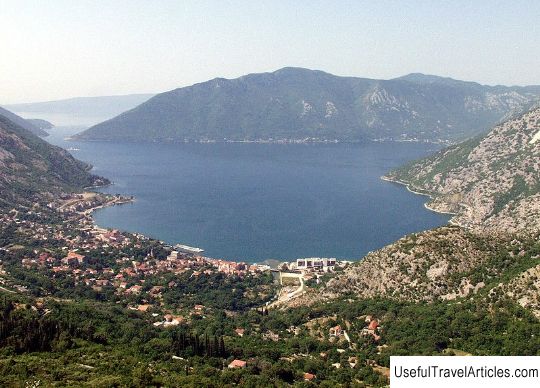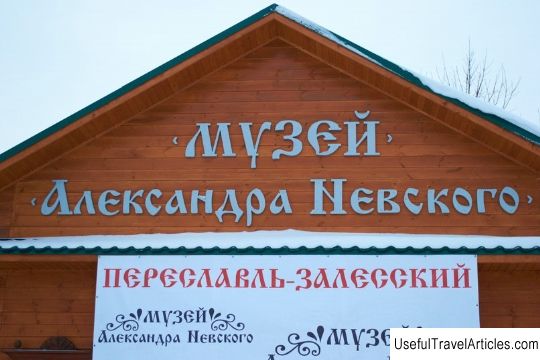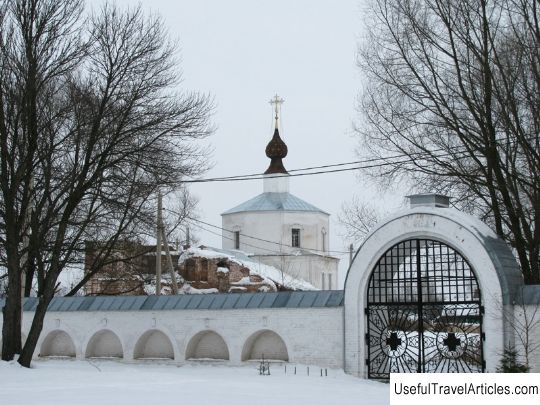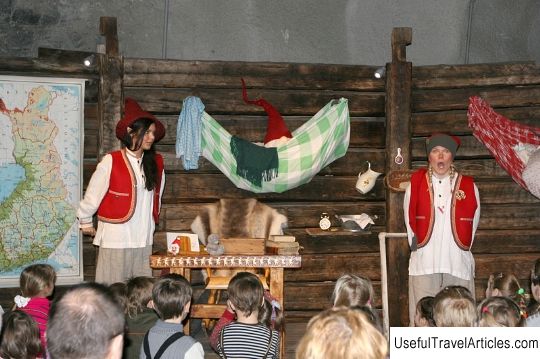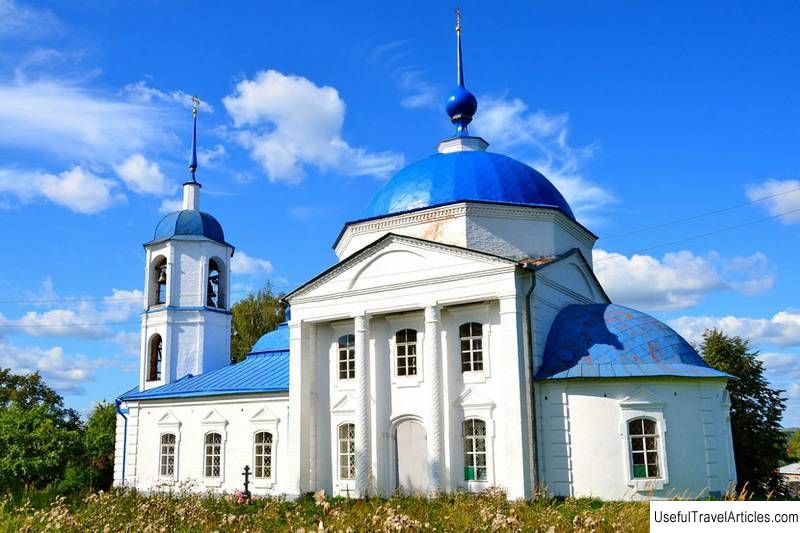Feodorovsky Monastery description and photos - Russia - Golden Ring: Pereslavl-Zalessky
Rating: 7,9/10 (700 votes) 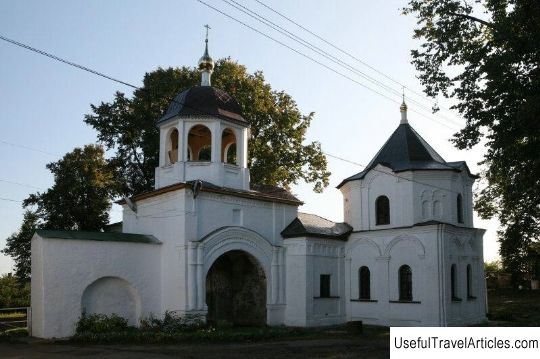
Feodorovsky Monastery description and photos - Russia - Golden Ring: Pereslavl-Zalessky. Detailed information about the attraction. Description, photos and a map showing the nearest significant objects. Photo and descriptionThe Feodorovsky Monastery in Pereslavl-Zalessky was founded, most likely, after 1304. This place was not chosen by chance: according to legend, in 1304, on the day of memory of the Great Martyr. Theodore Stratilates, a battle took place between the warriors of the Tver and Moscow princes, in which many people died, including the boyar Akinf, the leader of the Tver army. In honor of the victory, the Moscow prince established a monastery here. The first information about the monastery dates back to 1511. During this period, the Fedorovsky monastery was a large and rich monastery, which enjoyed the patronage of the great dukes. The most the ancient building of the monastery is the Feodorovsky Cathedral, which was built in 1557 with funds donated by Ivan the Terrible in honor of the birth of his son Fedor. The cathedral was built in the center of the monastery grounds. It is a massive brick building with five chapters. The initial covering of the quadrangle is zakomarny, this is evidenced by the drawings of the zakomar remaining on the facades. The roof was replaced with a hipped roof. Three apses adjoin the quadrangle from the east of the cathedral. Other external decoration is hidden from view: at the end of the 19th century, the cathedral was surrounded by a stylized gallery on three sides. The church was rebuilt earlier: in 1704, the dilapidated porch was replaced, a small bell in the north-western corner of the church was removed. Inside the cathedral, there are still paintings that belong to the hand of the Italian master N. Tonchi. Next to the Feodorovsky Cathedral is the refectory Church of the Presentation. It was erected in 1710 with funds donated by Princess Natalia Alekseevna. The refectory was built on the site of a former stone one, which was dismantled due to dilapidation. The low temple is wide enough; spacious side-chapels adjoin its main volume. The temple has three apses, which are decorated with graceful semi-columns. Side-chapel walls are decorated with similar decor. The quadruple is crowned with one chapter, another, smaller chapter, stands above the refectory. Another monastery temple − this is the Kazan hospital church, which was built in 1714 with donations from Princess Natalia, along with two-story hospital wards. This is a simple and modest building, which suffered quite badly in the 18th century: when the hospital wards burned down, the church was abandoned, and for a long time it was closed. Today this church has been restored. She is acting. The monastery had a bell tower - the tallest building in Pereslavl. It was erected in 1681-1705, its ringing was quite rich. In 1681, the construction of stone walls and towers began. Only fragments of the walls have survived to this day. The fence no longer performed a defensive function; it was completed without transitions and loopholes. There was supposed to be a gate church in the fence, but, most likely, there were not enough funds for it. Today, a single-tier bell tower has been built over the gate. On the north side of the main entrance to the monastery is the building of the monastery hotel, which was built in 1896 Several cell buildings of the 17-19 centuries have been preserved on the monastery territory. Today, restorers carrying out restoration work in the Feodorovsky Monastery find many ancient objects here. Until 1667 the monastery was for men; but after an epidemic of pestilence in the city, many orphaned girls and widows remained, who had nowhere to go except to the monastery. By the decision of Patriarch Joseph and the decree of Alexei Mikhailovich, the monastery where ten monks lived was turned into a female one, and the male brethren were distributed among other monasteries. During the reign of Peter I, German weaving was introduced in the monastery. Various types of handicrafts flourished in the monastery: gold embroidery, weaving, embroidery, pottery; it also had its own icon-painting workshop. By the end of the 19th century. the monastery became poor, but not empty. After the revolution, the monastery was closed. Her last abbess was arrested. Returning from the camps, she lived out her life at the monastery in the gatehouse. There was a storage warehouse in the cathedral. After the war, a military unit was located on the monastery territory. Recently, the Institute of Software Systems was located here. Since 1998, the restoration of the monastery began. About 20 sisters live here, who are doing everything possible to save the 700-year-old monastery.         We also recommend reading Zhvanetsky Catholic Church of the Virgin Mary description and photo - Ukraine: Kamyanets-Podolsky Topic: Feodorovsky Monastery description and photos - Russia - Golden Ring: Pereslavl-Zalessky. |
